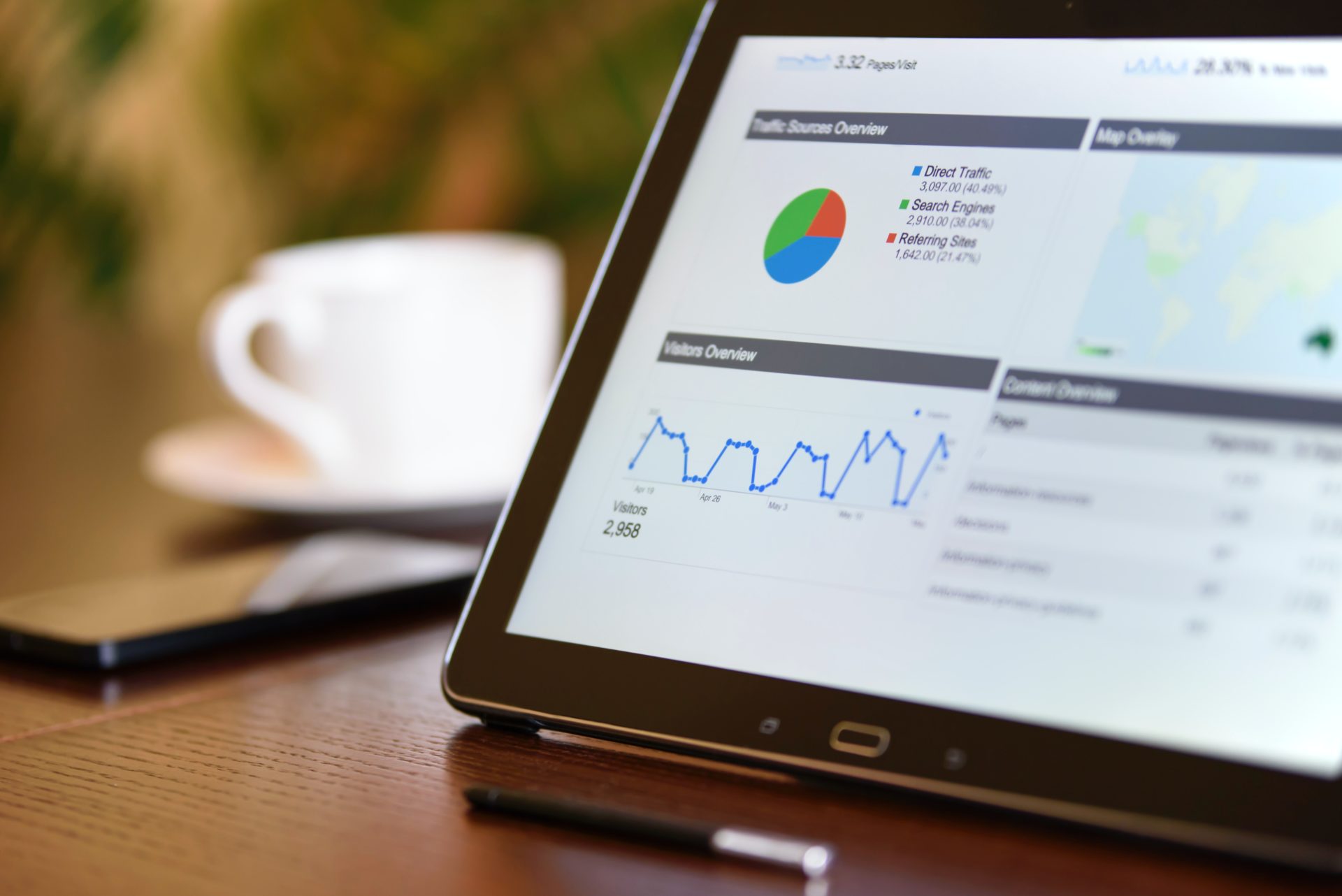Tracking website analytics helps you understand how people are finding you and interacting with your content and this can give you some valuable insights on how to improve and optimise areas of your site.
Today, we’re talking about how you can make the most out of your website analytics and avoid being overwhelmed by stats and figures.
Set goals that match your business objectives.
Before delving into your website analytics, it’s important to take a step back and look at what matters to you and your business.
Outline your top priorities when it comes to your website. Consider the goal of your website – what do you want people to do once they’ve landed on it?
Once you have this in mind, you can begin to look at what analytics you should be tracking.
For example, if it’s to get people to sign up for a specific product or service, you’ll want to track the page views and conversion rate of the signup landing page.
Alternatively, if the goal of your website is to sell more products, you may want to track how long users are spending on your checkout process to see if it could be optimised.
Whatever your goals are, that’s what you should focus on when looking into analytics.
Focus on conversions.
Looking at the number of people who are landing on your website is important to a certain extent, but the magic really lies in your conversions.
There’s no point in 100,000 people clicking through to your website if they’re not going to do anything once they’re there.
A conversion could be anything from a customer making an enquiry to someone purchasing a product – it all depends on the goals you set to begin with.
Track traffic, but also measure how much of that traffic is taking the extra step to engage with your business.
Create meaningful reports.
Noting down numbers into spreadsheets may seem like the way to go when it comes to web analytics, but these numbers don’t mean much until they’re put into context.
Pair your data with insights. For example, instead of simply writing down “March Pageviews: 1000”, write “In March, we achieved 1,000 pageviews. This is a 10% increase since last month, and within the last year, we have been able to grow this number by 150%:”
Not only does this allow more people in your business to understand your analytics, but by presenting in this way, your reports can become more actionable.
Test and track.
We measure things so that we can continuously improve what we do. Don’t let your analytics reports sit still and get dusty – use them to drive decisions about your website.
Looking closely at insights into a specific area of your website should help you identify potential problems and areas that could be optimised. You can use the data to come up with new ideas and even test different versions to see what works best.
How do I track website analytics?
Here are some tools you can use to track your web analytics:
Key takeaways:
- Identify your goals.
- Focus on what matters.
- Create actionable reports.
- Use your data to drive decisions.
Want some help understanding what your website analytics mean for your business? Give us a call today and we can help.


